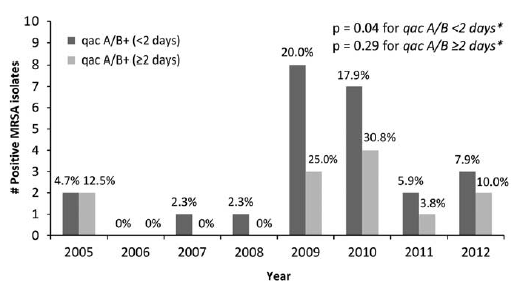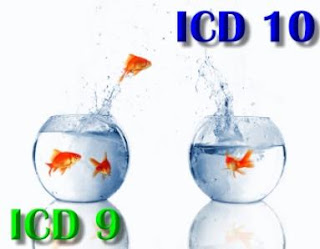The Times They Are A-Changin’, and we need better data to keep up….
I recently pointed to the need for more studies comparing different durations of therapy for common infections. In an editorial in the September 2015 issue of Antimicrobial Agents and Chemotherapy, Jesus Rodriguez-Bano points to an equally important priority for comparative effectiveness studies: assessment of existing antimicrobials for organisms that are currently not considered good targets for those drugs. The problem he discusses is the rising rate of carbapenem use that has followed the global spread of extended-spectrum beta-lactamase (ESBL)-producing Enterobacteriaceae.
Carbapenems are the drugs of choice for serious infections due to ESBL-producers, but several narrower spectrum agents (e.g. piperacillin-tazobactam, cephamycins (e.g. cefoxitin, cefotetan)) have in vitro activity against many of these organisms. What’s lacking are well-designed comparative trials examining whether these older agents might be similarly effective for selected serious infections (e.g. bacteremia, sepsis) due to ESBL-producers. The study by Matsumura and colleagues that the editorial accompanies provides some support for the effectiveness of cephamycins in the setting of ESBL-E. coli bacteremia, but is limited by its retrospective cohort design and its power.
Given the urgent threat of carbapenemase-producing Enterobacteriaceae (CRE), it would be nice to have more non-carbapenem options to turn to when confronted with these “garden-variety” ESBL-producers.



Comments
Post a Comment
Thanks for submitting your comment to the Controversies blog. To reduce spam, all comments will be reviewed by the blog moderator prior to publishing. However, all legitimate comments will be published, whether they agree with or oppose the content of the post.